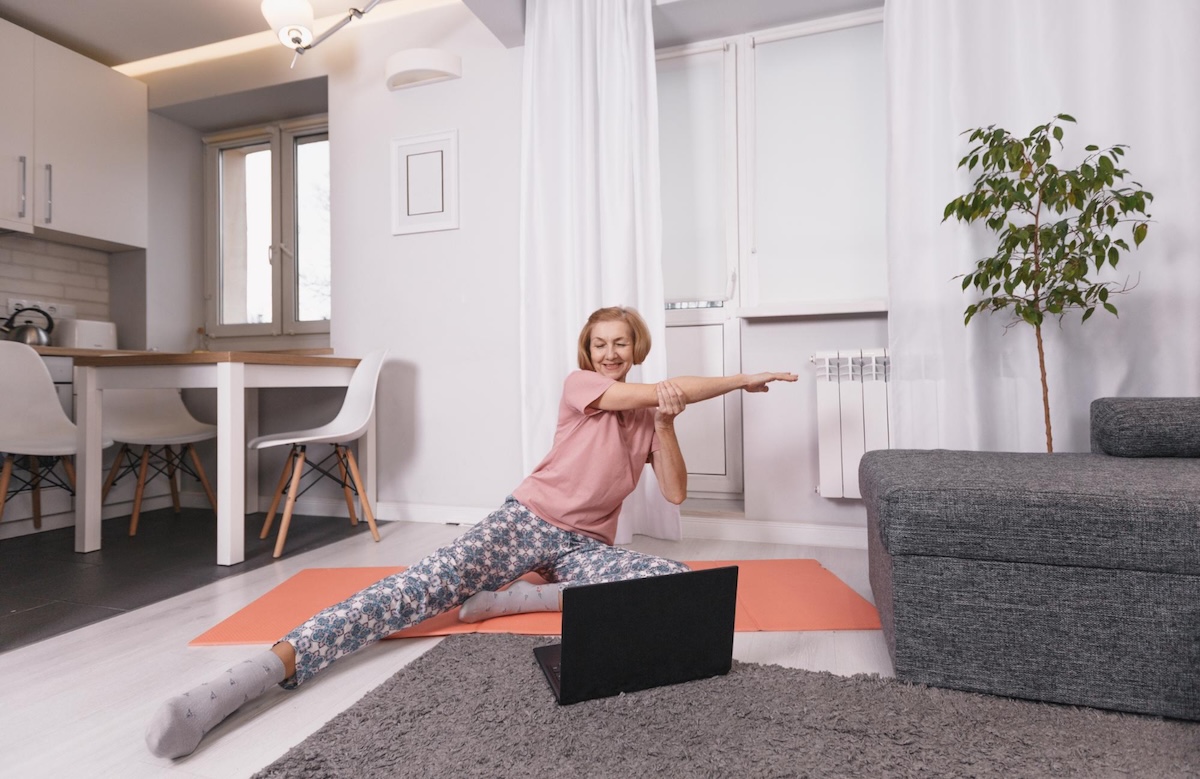Staying active is one of the best things you can do for your physical and mental health, but many people believe that working out means spending money. Gym memberships, expensive equipment, or online fitness programs can quickly add up—especially when you’re watching your budget. The good news is, you don’t need any fancy tools or memberships to get fit. With a little space, motivation, and consistency, you can do plenty of effective exercises at home for free.

Exercise helps improve energy, build strength, support heart health, and boost your mood. It also helps manage stress, control weight, and reduce the risk of chronic illnesses. Even if money is tight, your body can still get the movement it needs with easy, no-cost workouts.
In this article, we’ll explain why exercise matters, how you can do it affordably at home, and which simple movements can help you get stronger, healthier, and more confident—without spending a dime.
Why Moving Your Body Matters
Exercise isn’t just for athletes or people looking to lose weight. It helps everyone feel better, think more clearly, and live a longer, more active life. Regular physical activity improves blood circulation, strengthens muscles and bones, and helps maintain balance and flexibility. It also supports better sleep and can reduce symptoms of anxiety and depression.
Even a few minutes of movement a day makes a difference. If you’re short on time or money, the most important thing is to start small and keep going. You don’t need hours of exercise—you just need consistency and a routine that works for you.
Affordable Fitness at Home
You don’t need a gym or expensive gear to get a good workout. Your own body is the best fitness tool you have, and everyday items in your home can double as equipment. With bodyweight exercises and simple routines, you can build strength, burn calories, and improve endurance.
If you have a small space—like a living room, hallway, or even a spot near your bed—you have enough room to move. Many workouts can be done using just your bodyweight or items like water bottles, a towel, or a sturdy chair. These options are just as effective as what you’d find in a gym, and they’re completely free. Let’s explore some of the easiest and most affordable home exercises that anyone can try, even on a tight budget.
Full-Body Movement Without Equipment
You don’t need machines or weights to work out your entire body. Many traditional exercises use only your bodyweight and can be done anywhere, anytime. They build muscle, raise your heart rate, and improve balance and flexibility—all without costing a thing.
Start with low-impact options if you’re new to exercise, and add intensity as you feel stronger. Some people begin with five minutes per day and slowly increase to 15 or 30 minutes over time. The key is to keep it simple and move in a way that feels good to your body.
Here are some great beginner-friendly exercises that require no equipment:
-
Bodyweight squats: Stand with your feet shoulder-width apart and slowly bend your knees like you’re sitting in a chair, then stand back up. This strengthens your legs and core.
-
Push-ups (or wall push-ups): Use a wall or the floor to build upper body strength. Start slowly and do what feels comfortable.
-
Marching in place: Lift your knees and swing your arms as if you’re walking in place. This gets your heart pumping and warms up the body.
-
Lunges: Step forward and bend your knees, keeping your back straight. This helps build strength and balance.
-
Planks: Hold your body in a straight line while resting on your forearms or hands. This works your core and improves posture.
You don’t need to do all of these at once. Pick two or three movements and do a few rounds each day. As you get stronger, you can add more repetitions or combine the exercises into a full routine.
Creative Ways to Use Everyday Items
When money is tight, you can get creative with what you already have. Instead of buying weights, use filled water bottles, canned goods, or bags of rice for resistance. A towel can be used for stretches or core movements, and a sturdy chair works well for support during balance or strength exercises.
Try stepping up and down from a staircase for cardio, or using a backpack filled with books for extra weight while doing squats. You can even use a wall or doorway for stability when doing stretches or leg exercises. These small adjustments can turn your home into a personal gym—without the cost.
Making It a Routine
Creating a workout habit doesn’t have to mean setting aside an hour every day. Even short sessions—10 to 15 minutes—can be effective if you stay consistent. Choose a time that fits into your routine, whether it’s first thing in the morning, during a lunch break, or in the evening. Set small, realistic goals like doing three exercises per day or walking around your home during commercial breaks while watching TV. Celebrate small wins, and remember that progress takes time.
To keep things interesting, alternate between strength, cardio, and stretching exercises throughout the week. If you enjoy music, play your favorite playlist to stay motivated.
